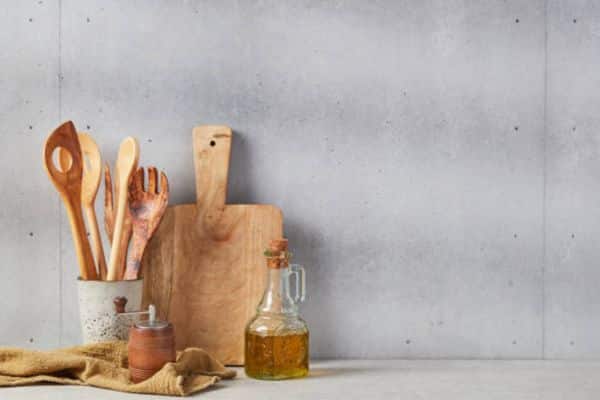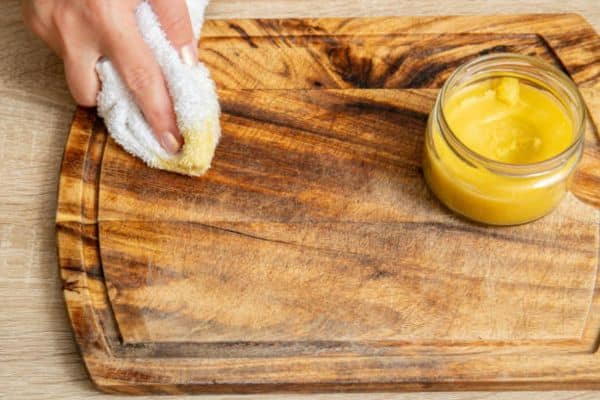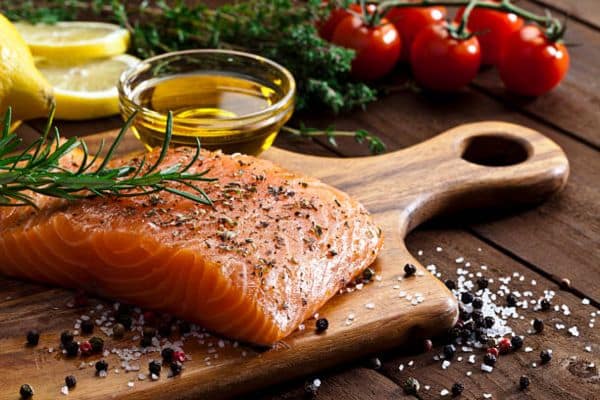I still remember the first time I tried to care for my wooden cutting board. I had just made a fresh batch of salsa, and as I wiped down the board, I noticed the wood looked a bit dry. Wanting to keep it nice, I reached for the olive oil on my counter. It seemed like a smart move — after all, I used it in my cooking every day. But that choice taught me a valuable lesson. Is olive oil good for cutting boards? I found out the hard way that it’s not. Let’s explore this together so you can keep your board in great shape.
Is Olive Oil Good for Cutting Boards?
The short answer is no. It is great for food but not for wooden boards. It can leave a sticky surface that traps dirt. That sticky feel makes the board harder to clean.
Over time, It on a board can smell bad. It may go sour and give off a stale scent. I learned this the hard way after using it on my board. That smell was hard to get rid of and made me want to stop using.
Mineral oil is a better choice. It soaks in deep and keeps the board safe from water. It helps the wood stay smooth and strong. Beeswax blends add more protection and shine. It just sits on top and causes trouble. The right oil makes sure lasts longer and stays fresh.
What Happens If You Use Olive Oil on a Cutting Board?

The board may feel sticky. That sticky layer can trap crumbs and dust. It makes the board harder to clean and less safe for food prep.
It can also spoil over time. The board may start to smell sour or stale. I noticed this on my own after using it once. The smell was strong and hard to remove.
You can fix it with a few simple steps. Wash the with hot water and mild soap. Let it dry for several hours. Sand the surface with fine sandpaper to remove old oil. Then treat the with food-grade mineral to protect it the right way.
The Best Oils for Cutting Board Care

Mineral oil is the best choice for care. It is safe, clear, and easy to use. This oil sinks deep into the wood. It helps block water and keeps it smooth.
Beeswax blends add a nice layer of protection. These blends give a soft shine. They help seal the wood and guard against stains. I like to use them after mineral for a clean look.
Walnut oil is an option, but it has a risk. It comes from nuts and may not be safe for people with allergies. The works well but should be used with care.
Refined coconut can work too. It leaves a soft feel and mild scent. The refined kind is best because it does not spoil like the unrefined.
How to Oil Your Cutting Board: Simple Steps

Start with a clean, dry board. Wash it with warm water and mild soap. Let it dry for a few hours. Make sure no water is left on the surface.
Pour a small amount of mineral oil on. Use a clean cloth or your hand to rub the oil in. Follow the grain of the wood. Cover the front, back, and edges.
Let the board sit overnight. This gives the time to sink in. Wipe off the extra the next day. Your board will look smooth and fresh.
Oil the once a month. Do it more often if the wood looks dry. This keeps it strong and safe for food.
A Quick Word on the Best Cutting Board for Brisket

The best cutting board for brisket is large and sturdy. It should have deep grooves to catch juices. This keeps your counter clean and safe. A thick board also holds up well over time.
Caring for is key. Meat juices can soak into the wood. This makes it wear out faster. A well-stays strong and easy to clean.
The same care helps all boards last longer. A good oiling keeps wood smooth for meats and veggies. A clean, strong makeup makes prep safer and easier. A little care goes a long way.
Final Thoughts
Olive oil may be great in the kitchen, but it is not right for cutting boards. It can leave the wood sticky. It can also cause bad smells that are hard to clean. The good news is, there are better oils that keep safe and strong. Mineral is my top pick. It soaks in deep and keeps the wood smooth. Beeswax blends or refined coconut also good choices.


